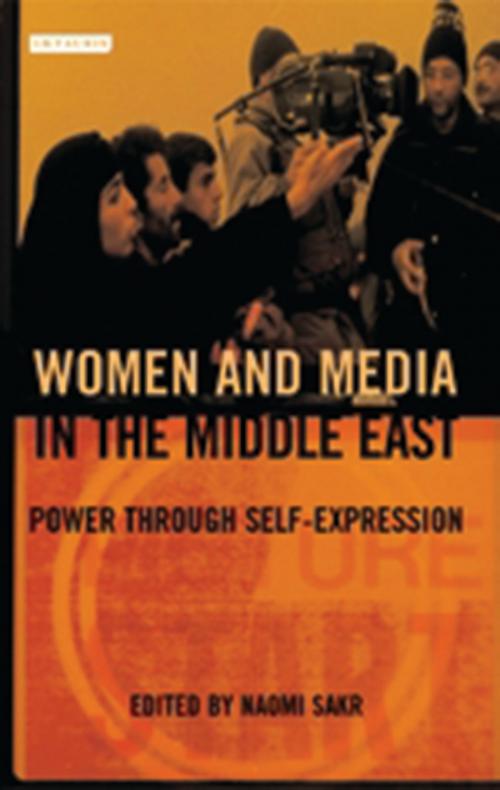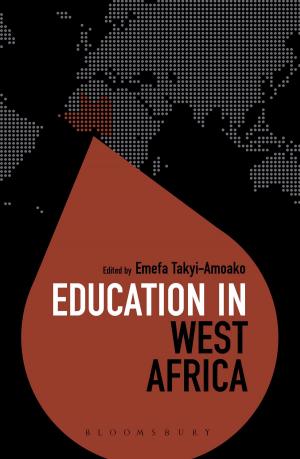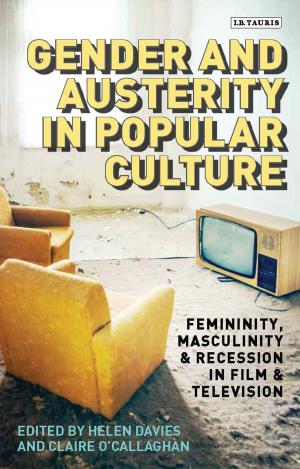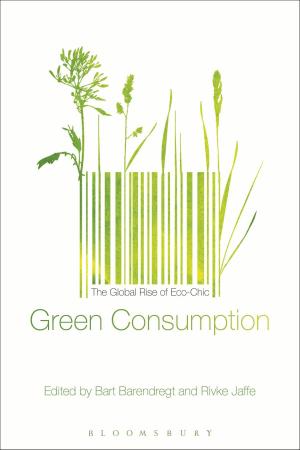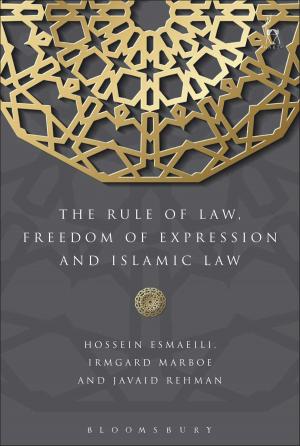Women and Media in the Middle East
Power Through Self-expression
Nonfiction, Religion & Spirituality, Middle East Religions, Islam, Social & Cultural Studies, Social Science, Gender Studies, Women&| Author: | ISBN: | 9780857730213 | |
| Publisher: | Bloomsbury Publishing | Publication: | September 24, 2004 |
| Imprint: | I.B. Tauris | Language: | English |
| Author: | |
| ISBN: | 9780857730213 |
| Publisher: | Bloomsbury Publishing |
| Publication: | September 24, 2004 |
| Imprint: | I.B. Tauris |
| Language: | English |
Are women benefiting from current changes in the Middle East media? With media all over the world still marginalizing women and trivializing gender inequalities, how does the situation in the Middle East compare? Proliferating satellite channels have increased women's visibility in the region but visibility does not necessarily confer power. This book explores various ways in which media have been used to open up possibilities for women in the Middle East or, conversely, to restrict them.
Having as their starting point the diverse experiences and multi-layered identities of women, the contributors treat media institutions and practices as part of wider power relations in society. By analyzing media production, consumption and texts, they reveal where and how gender boundaries have been erected or crossed.
In eleven chapters, Women and Media in the Middle East spans both the region, from Iran to Morocco, and the media, from film and broadcasting to the press and internet. It looks back at women's journalism in pre-1952 Egypt and forward to future trends in women's internet use. One chapter shows how Maghrebi women filmmakers achieved a belated symbolic liberation for the 'colonized of the colonized'. Another reveals how Egyptian political films link the representation of women to nationalist ideals. A study of the women's press in Iran shows how it forced gender to the forefront of government concerns, while an investigation of Kuwait's mainstream press uncovers duplicity in the struggle over female suffrage. A chapter on audience reception exposes clashing identity constructions and competing knowledge systems in a rural community. Further chapters explore an experiment in gender awareness programming on Palestinian TV and women's role on Hezbollah's television station, Al-Manar. The book begins by considering whether research on women and media in other contexts can be applied to the Middle East. It ends by discussing the careers of seven well-knon Arab women journalists.
Rich and illuminating, this highly original book will be useful to scholars, media professionals and general readers interested in women's studies, media and shifting power structures in the Middle East.
Are women benefiting from current changes in the Middle East media? With media all over the world still marginalizing women and trivializing gender inequalities, how does the situation in the Middle East compare? Proliferating satellite channels have increased women's visibility in the region but visibility does not necessarily confer power. This book explores various ways in which media have been used to open up possibilities for women in the Middle East or, conversely, to restrict them.
Having as their starting point the diverse experiences and multi-layered identities of women, the contributors treat media institutions and practices as part of wider power relations in society. By analyzing media production, consumption and texts, they reveal where and how gender boundaries have been erected or crossed.
In eleven chapters, Women and Media in the Middle East spans both the region, from Iran to Morocco, and the media, from film and broadcasting to the press and internet. It looks back at women's journalism in pre-1952 Egypt and forward to future trends in women's internet use. One chapter shows how Maghrebi women filmmakers achieved a belated symbolic liberation for the 'colonized of the colonized'. Another reveals how Egyptian political films link the representation of women to nationalist ideals. A study of the women's press in Iran shows how it forced gender to the forefront of government concerns, while an investigation of Kuwait's mainstream press uncovers duplicity in the struggle over female suffrage. A chapter on audience reception exposes clashing identity constructions and competing knowledge systems in a rural community. Further chapters explore an experiment in gender awareness programming on Palestinian TV and women's role on Hezbollah's television station, Al-Manar. The book begins by considering whether research on women and media in other contexts can be applied to the Middle East. It ends by discussing the careers of seven well-knon Arab women journalists.
Rich and illuminating, this highly original book will be useful to scholars, media professionals and general readers interested in women's studies, media and shifting power structures in the Middle East.
